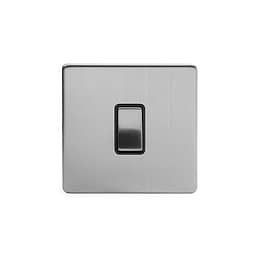1 Way vs 2 Way vs Intermediate Light Switch
1 Way vs 2 Way vs Intermediate Light Switch
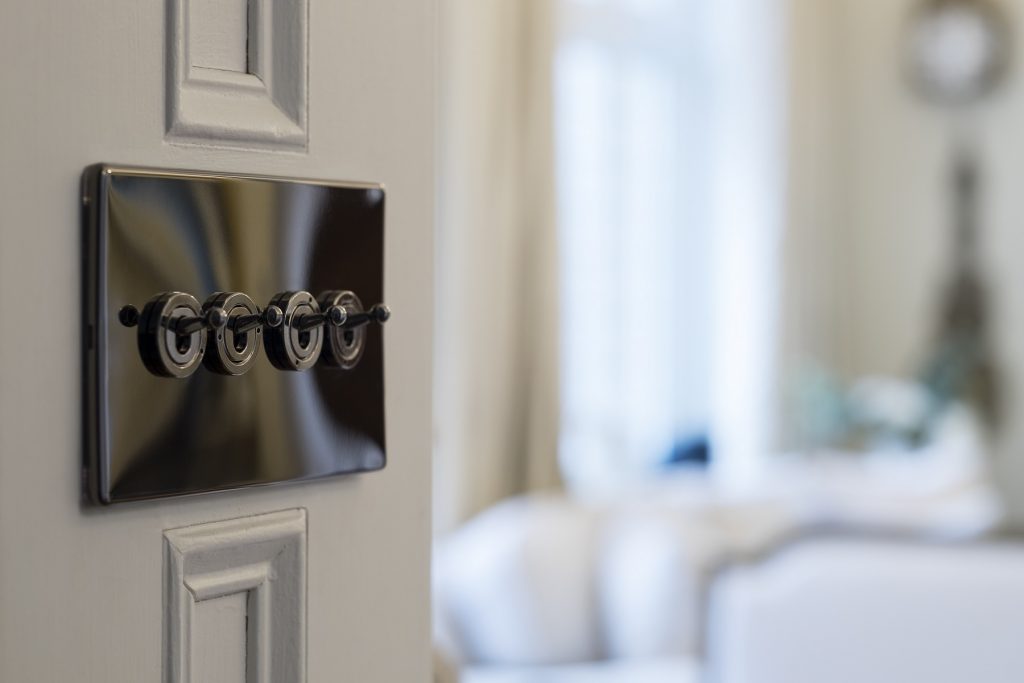
If you’re currently looking into which sockets and switches you need for your home, you’ll know that there are plenty of different options available. This can make choosing the right ones a bit confusing. When choosing light switches, you’ll no doubt have seen that as well as different amounts of gangs and finishes, there are 1 way, 2 way and intermediates too.
What Are Gangs on Switches?
The number of gangs is fairly simple to understand when it comes to light switches and power socket – this is the number of switches or socket inlets. So a 2 gang light switch has two switches on one plate, and each controls two different lights. If you are struggling to choose the right finish for your switches and sockets, read our blog: Matching Switch and Socket Finishes to Interior Design Styles.
1 Way and 2 Way Switches
1 way, 2 way and intermediate is related to the number of switches used to operate a light. So, if you have a light and a 1 way switch, you can just have that one switch controlling that light. This works well is you have a small room with one entrance or door way, as often one switch is ample.
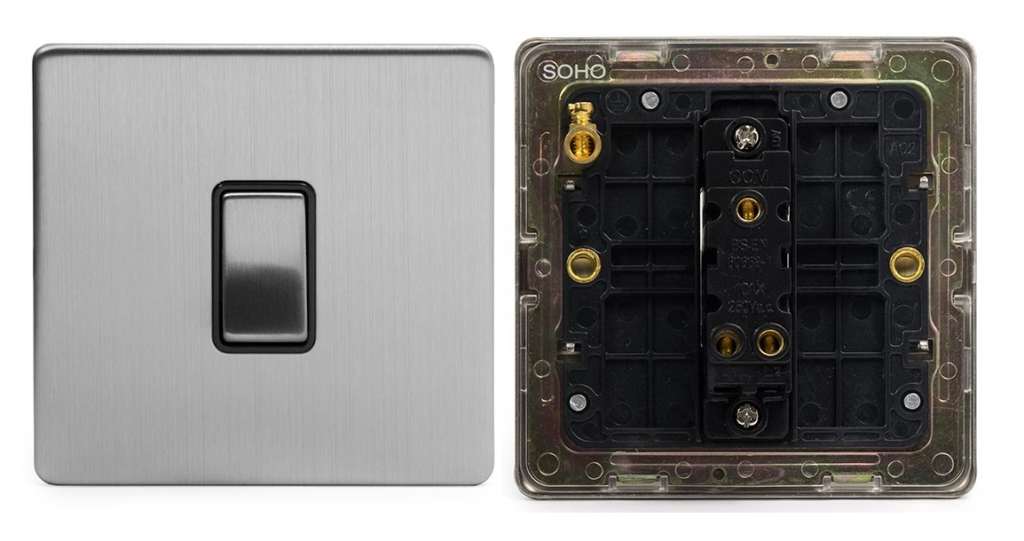
If you have two entrances to a room or want to control a light from a second position, ie:
- By the bedroom door and next to a bed, or
- By an internal kitchen door and an external back door,
then you will require a 2 way switch. A 2 way switch enables you therefore to have 2 switches controlling the operation of one light.
The cost difference between 1 way and 2 way switches in minimal and a 2 way switch can operate readily as a 1 way switch. As such, for ease, most electricians and architects often only specify or fit 2 way switches. As a result, 1 way switches are not very common.
Intermediate Switch
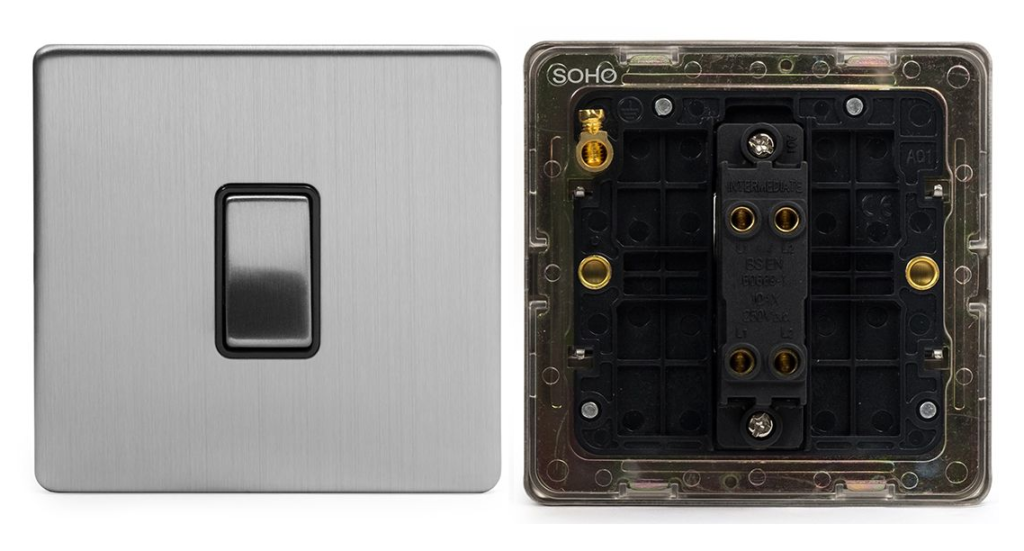
An Intermediate switches (also known as a 3 way switch) is used when you need to operate a light fitting from more than two locations, ie you may went to control a landing or stairwell light from the ground floor, second floor and halfway in between such as a first floor landing.
Why would you use a 1 way light switch?
These switches are slightly less common than 2 way light switches, so most people tend to just use 2 way instead of 1 way, as these often cost the same, or even less than 1 way switches. You would use a 1 way switch if you had a light you wanted to switch on and off using just 1 switch.
Why would you use a 2 way light switch?
These the most common types of light switches, especially in small to mid-sized homes. If you have a light and need to control it with two switches, you can use a 2 way switch. This is commonly used around stairs. For example, if you have a light at the top of your stairs, you may wish to control it with a switch at the bottom of the stairs and at the top of the stairs so you don’t have to walk back down to switch it off at night.
2 way switches work for up to 2 switches operating a light, so are often used in place of 1 way light switches.
Why would you use an intermediate switch?
You would use an intermediate switch when you need to control a light with more than 2 switches. A common example for this is when you have a staircase with a landing in the middle and a switch on the bottom floor, the landing and at the top, all controlling a light on the landing. Again, this is so you don’t need to walk all the way downstairs to switch off a light at night.
Intermediate switches can be used in place of 1 way and 2 way light switches if needed, however they are often more expensive than 2 way switches, so it is more common to only use them when needed.
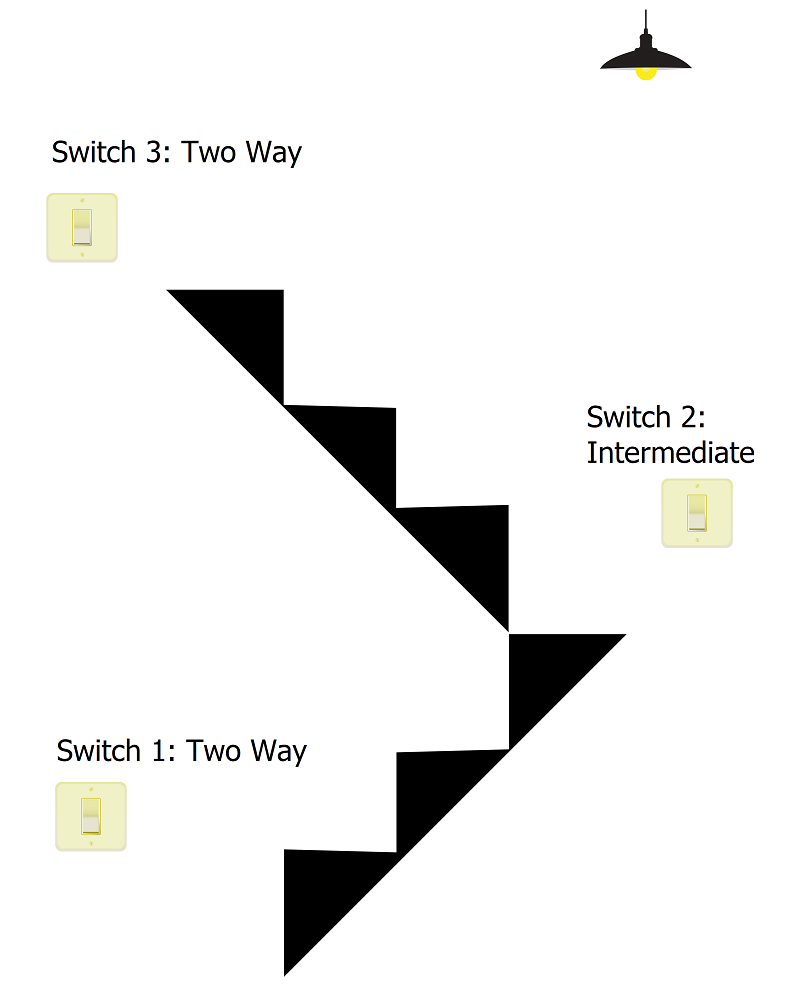
Intermediate switches, like 1 and 2 way switches can come in the form of rocker or toggle switches. They are sometimes available as dimmer switches, but these are actually intermediate dummy dimmers.
To find out more about intermediate switches read our guide: What is an intermediate switch.
[related_products is_auto_added="1"]


